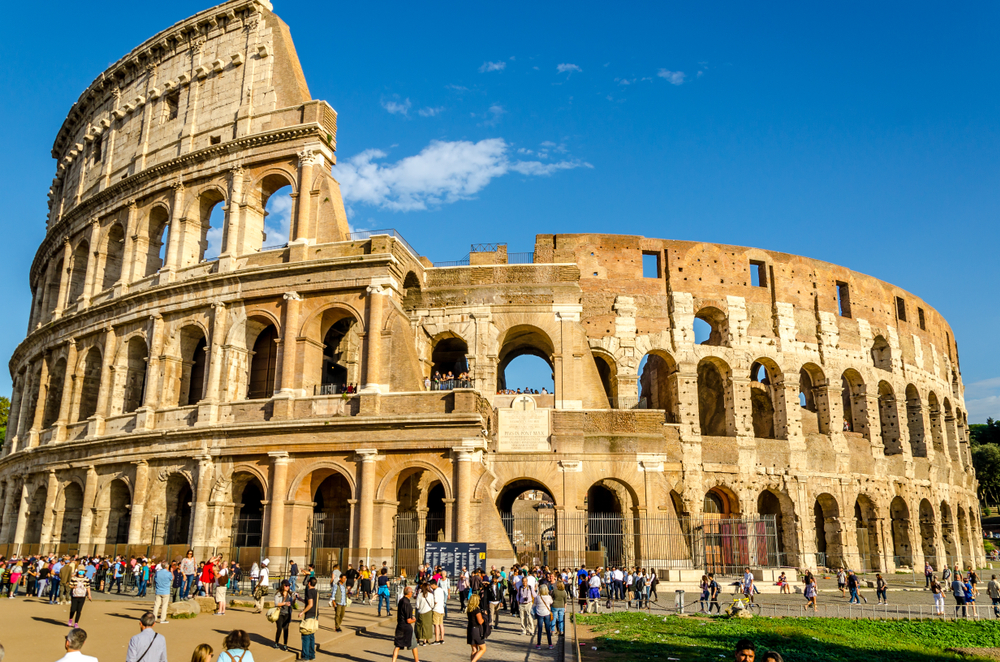Nestled in the heart of Rome, the Roman Colosseum stands as a testament to the grandeur of ancient architecture. This iconic structure, often hailed as the “masterpiece of its time,” is a source of immense pride for the Italian people. Let’s embark on a journey to explore the fascinating history, architectural brilliance, and cultural significance of this awe-inspiring monument.
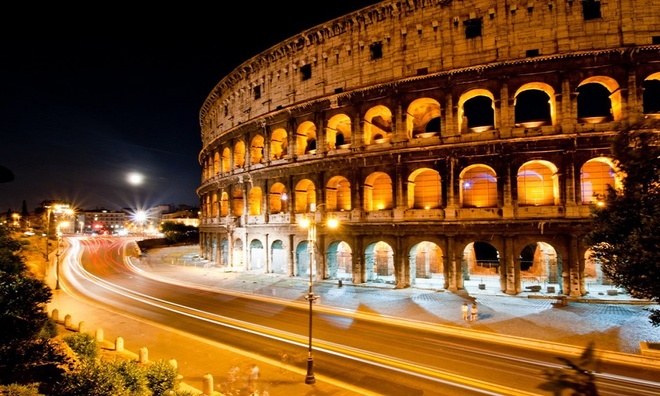
Historical Significance: The Roman Colosseum, also known as the Flavian Amphitheatre, was commissioned by Emperor Vespasian of the Flavian dynasty in AD 70-72 and later completed by his successor, Titus, in AD 80. This colossal amphitheater was primarily designed for gladiatorial contests and public spectacles, captivating the Roman populace for centuries. It stands as a symbol of ancient Roman engineering prowess, showcasing meticulous planning and innovative construction techniques.

Architectural Marvel: The Colosseum’s architectural brilliance lies in its innovative use of materials and structural design. Built primarily using travertine limestone, tuff (a type of volcanic rock), and brick-faced concrete, the amphitheater stands four stories tall and could once accommodate around 50,000 spectators. The elliptical shape of the Colosseum not only provided optimal viewing angles for the audience but also distributed the weight of the massive structure efficiently.
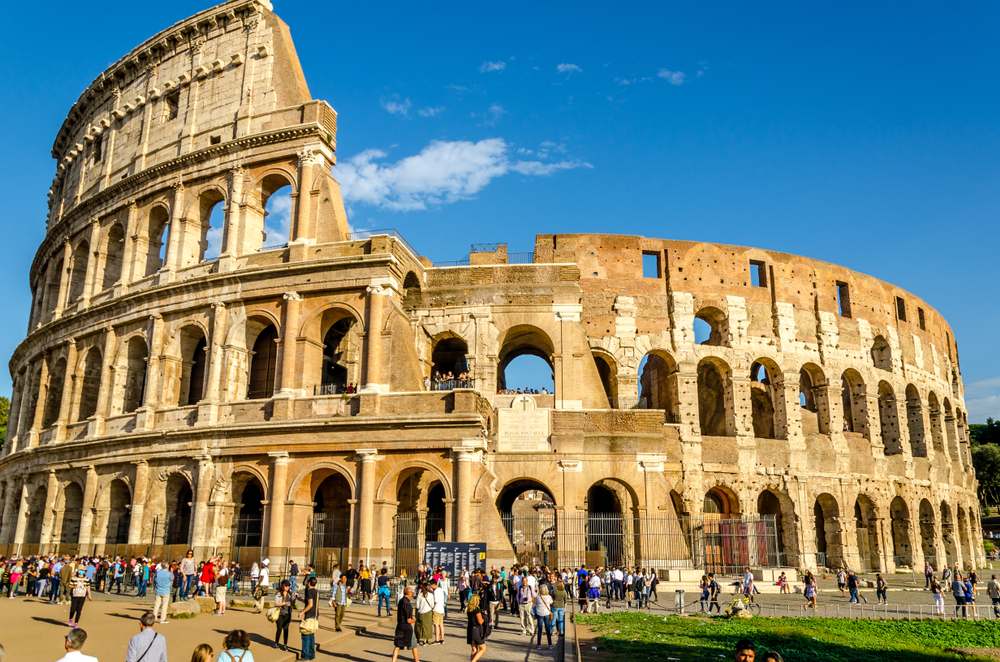
The iconic facade of the Colosseum features a series of arches and columns, each contributing to the overall aesthetic appeal. The ingenious system of tiered seating, divided into different social classes, reflects the societal hierarchy of ancient Rome. The arena floor, once covered with sand, hosted a variety of events, from gladiator battles and animal hunts to mock sea battles.
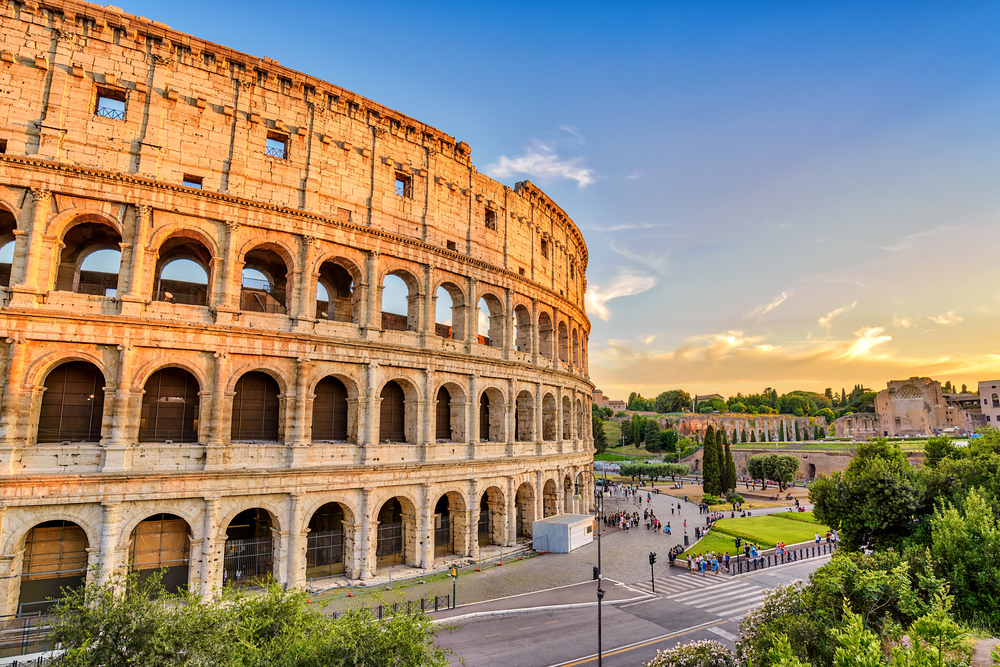
Cultural Legacy: Beyond its architectural grandeur, the Roman Colosseum holds immense cultural significance. It has become a symbol of Rome’s rich history and the enduring legacy of the Roman Empire. Today, the Colosseum stands as a UNESCO World Heritage Site, attracting millions of visitors each year who come to marvel at its timeless beauty and immerse themselves in the stories of ancient gladiatorial combat.
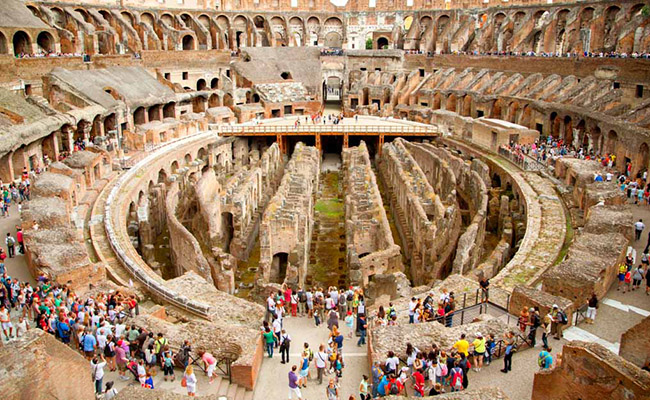
Visitors can explore the Colosseum’s interior, witnessing the remnants of the underground passages where gladiators and wild animals awaited their turn in the arena. The nearby Roman Forum and Palatine Hill offer additional glimpses into the daily life of ancient Romans, creating a comprehensive experience for history enthusiasts.
The Roman Colosseum remains an architectural wonder that transcends time. Its enduring legacy as a symbol of power, entertainment, and engineering prowess continues to captivate visitors from around the world. As we wander through the colossal arches and gaze upon the weathered stones, we can’t help but feel a profound connection to the past—a connection that solidifies the Colosseum’s well-deserved title as a “masterpiece of its time” and a source of everlasting pride for the Italian people.

